1960s Coventry Cathedral chair by Dick Russell goes back into production
An oak chair originally created for the post-war Coventry Cathedral rebuild by Scottish architect Basil Spence is being put back into production with an updated design.
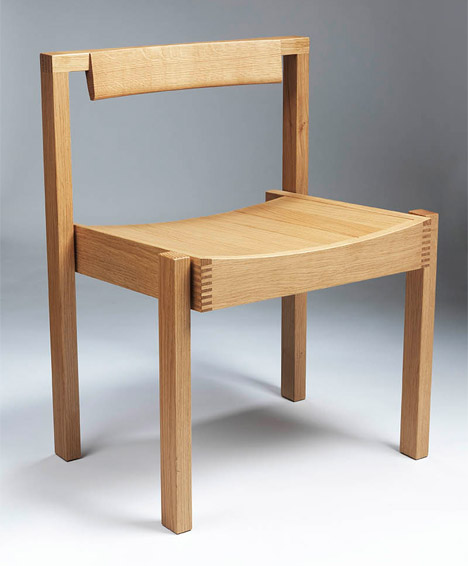
The Coventry Chair, designed by Dick Russell in 1960, will be manufactured by London-based furniture makers Luke Hughes – a company that has designed furniture for palaces, cathedrals, churches and museums worldwide.
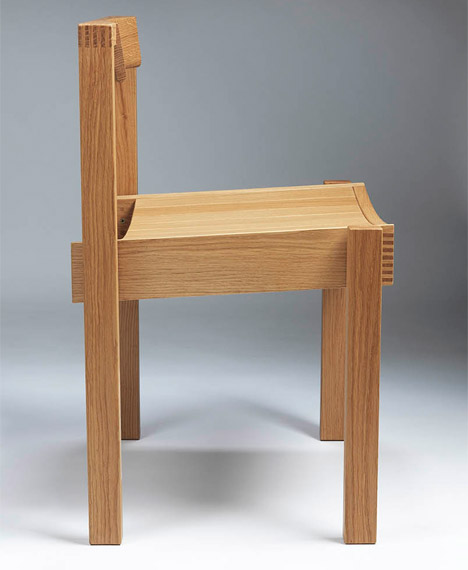
"It's an iconic 1960s design, beautiful in itself, practical, hard-wearing and passing that key test – really important for churches – of minimising visual impact on the interior," said Hughes. "So many beautiful church interiors are ruined by inappropriate furniture."
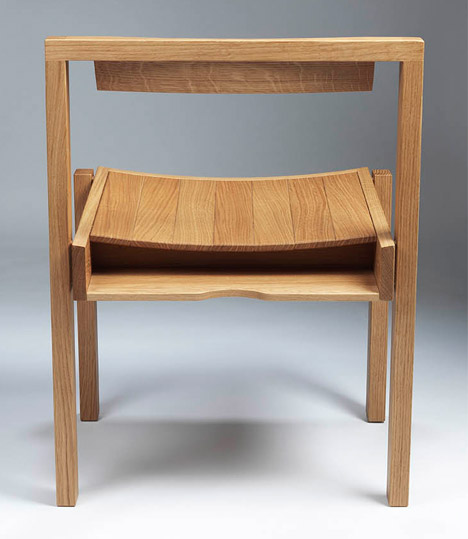
The original European oak Coventry Chair was created by 20th-century designer Richard Drew Russell, better known as Dick Russell. Russell was born in 1903, and originally trained as an architect before becoming head of design at his brother Gordon's influential furniture company, Gordon Russell Ltd.
He left the firm in 1934 to pursue his own work, and was appointed a Royal Designer for Industry in 1944, later going to become head of the School of Wood, Metals and Plastics at the Royal College of Art.
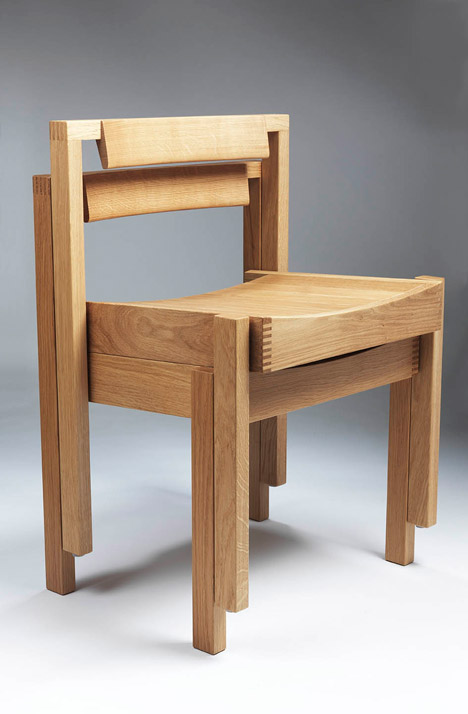
He designed the chair to furnish the rebuilt Coventry Cathedral, which was almost entirely destroyed by bombing in the second world war. Basil Spence's 1950 redesign for the site earned the Scottish architect a knighthood in 1960 before the cathedral was completed in 1962.
The chair featured a tab-shaped back rest and a slightly angled seat with an opening in the back to create a shelf for storing hymn books.
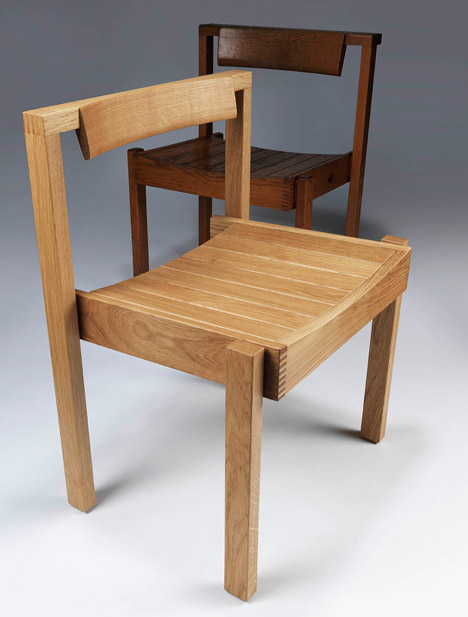
The new chair remains faithful to the original design – bar a conversion from imperial to metric dimensions, which has altered the proportions slightly – but takes advantage of modern production techniques.
The contemporary version, also in European oak, is made using computer numerically controlled (CNC) machinery to a 0.01-millimetre tolerance. Its fixings are more concealed and the variable humidity in cathedral environments is taken into account in the choice of adhesives and non-ferrous fittings.
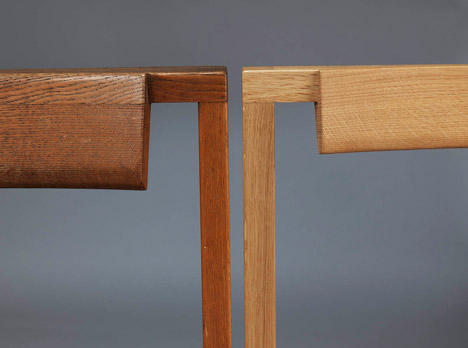
"We design with a 50 to 100-year life expectancy in mind," Nicholas Smith from Luke Hughes told Dezeen. "Given that many of the original Coventry Chairs are still in use today, we are confident that the adjustments we have made in the manufacturing process will only serve to improve its longevity."
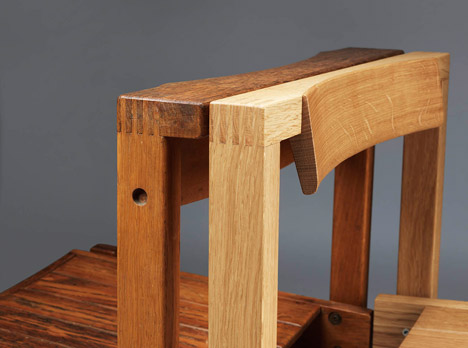
Like the original design, which went on to furnish Winchester, Wells, Southwark and Hereford Cathedrals, the new Coventry Chair is intended for ecclesiastical spaces.
"We hope the new Coventry Chair will revive the sense of history and craftsmanship in places of worship the world over," said Smith.
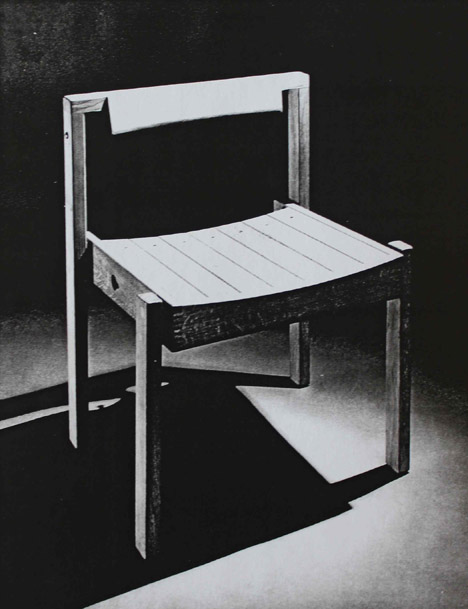
A percentage from the sale of each chair will benefit the Gordon Russell Museum.
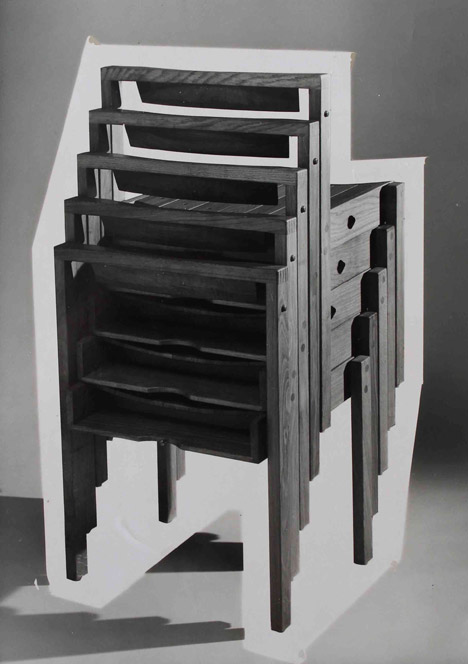
"The design epitomises all the best traditions of the Arts and Crafts Movement with the practicalities of the machine age," said Museum trustee Trevor Chinn. "Gordon used to say that we needed to teach the machine some manners – well, his brother Dick certainly did with this chair."
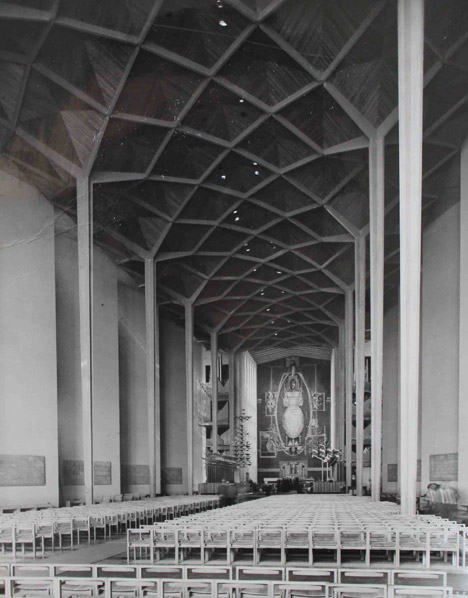
A series of mid-century furniture designs have been put back into production recently, including an armchair by Charles Pollock and a chair that Arne Jacobsen created for his 1950s Munkegaard School.